Trending Now
Wednesday, Aug, 2024
Home / Lack of quality Education in Rural Schools Directs to Skillset Concerns in the Indian Workforce
Lack of quality Education in Rural Schools Directs to Skillset Concerns in the Indian Workforce
According to the Ministry of Education, there are 14.89 lakh schools in India. Of these, only 2.54 lakh schools are in urban areas, and the remaining 12.34 lakh are in rural areas. Approximately 13.79 crore boys and 12.73 crore girls learn in these schools. Many of these students leave education at diverse levels, and some of them join the workforce.
 by Pragti Sharma /
by Pragti Sharma /  20 Jan 2023 17:04 PM IST /
20 Jan 2023 17:04 PM IST /  0 Comment(s) / 162
0 Comment(s) / 162
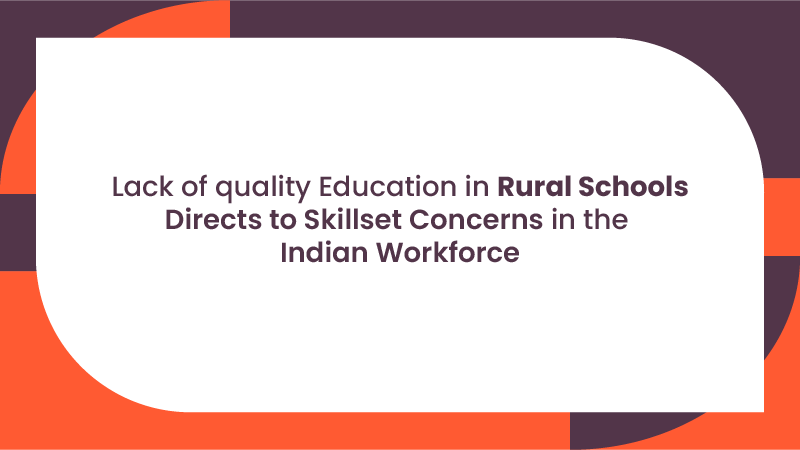
School education constructs the backbone of India’s labour force. According to the Centre for Monitoring Indian Economy’s September-December 2022 report, around 86% percent of India’s labour force comprises those with education till Class XII or below. This fact signifies that a significant portion of the workforce carries out their livelihood based on the skills learned from school.
According to the Ministry of Education, there are 14.89 lakh schools in India. Of these, only 2.54 lakh schools are in urban areas, and the remaining 12.34 lakh are in rural areas. Approximately 13.79 crore boys and 12.73 crore girls learn in these schools. Many of these students leave education at diverse levels, and some of them join the workforce.
According to the Annual Status of Education Report 2022, about one in every four schools in rural India does not have necessary facilities such as clean drinking water or toilets.
“The dissimilarity between urban and rural students is not in terms of intelligence, but due to their surroundings, availability of infrastructure, learning ability, skills, and access to diverse facilities,” stated a government blog titled- Shaping the Bright Minds of Tomorrow: Education in Urban and Rural.
The shortage of infrastructure, though, does not appear to have deterred parents. Registration of four-year-olds in government-aided schools in 2018 was 57.9%. This percentage increased to 67.8% in 2022. In the same duration, students registered in private schools declined from 26.3% to 19.9%.
The admissions have increased in government schools, and the quality of education, besides infrastructure defects, is still a concerning problem.
The ASER 2022 report noted that nationally, 69.6% of children registered in Standard 8 in government or private schools could read at least a basic textbook in 2022, falling from 73% in 2018. The percentage of class 8 students who can’t read regular textbooks is as high as 50% in Jammu & Kashmir, and Gujarat.
Access may not be a primary worry for rural schools currently, but the quality seems to be. And while quality without access will direct to imbalance and exclusion, access without quality will determine the potential of India’s future workforce.
News Source: India Today

EShort / February 16, 2024
IMS Noida Admissions 2024: Apply for UG, PG programmes

EShort / February 16, 2024
GATE 2024: Response sheet out

EShort / February 16, 2024
BSSTET 2023: Admit card released

EShort / February 16, 2024
NID DAT 2024: Prelims result released

EShort / February 16, 2024
IIT JAM 2024: Response sheet released

Jobs / February 16, 2024
UPSC Recruitment Drive 2024: Apply for 120 vacancies in various departments

EShort / February 14, 2024
UPSC CSE 2024: Official Notification issued; application process begins

Editor's Desk / April 17, 2020
How Does Society Impact Our Education?

Current Affairs / April 22, 2020
Mr. Sudarsanam Babu appointed to U.S. Science Board.
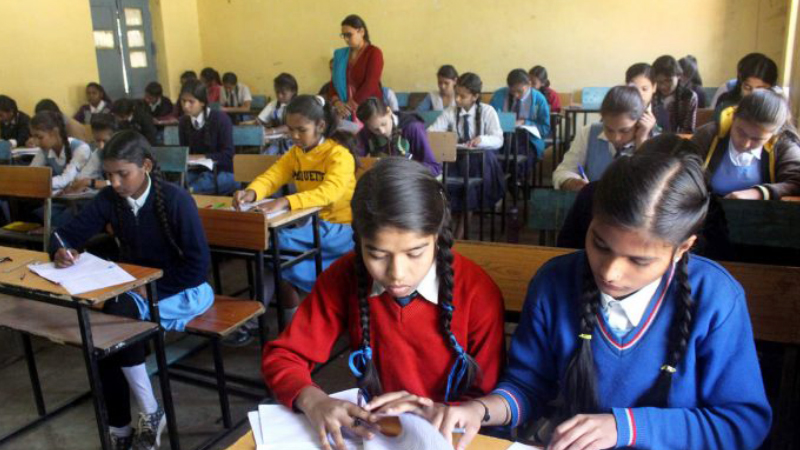
Reforms / April 17, 2020
Traditional Structure of Education In India
.jpg)
Events & Seminars / April 17, 2020
PISA!!
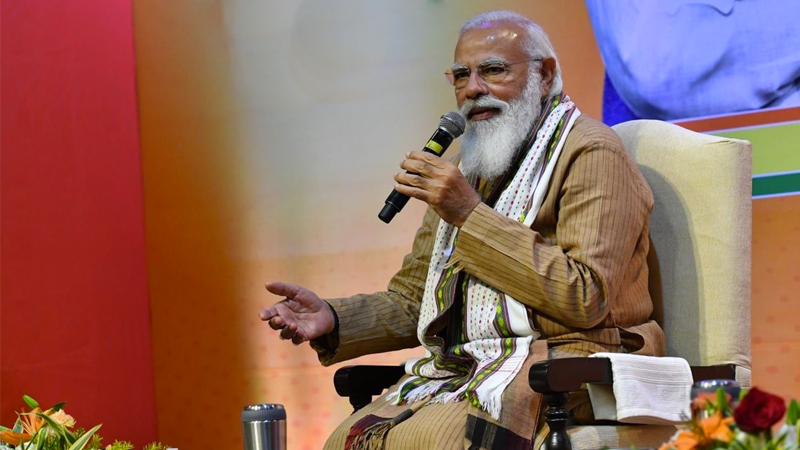
Blog / February 26, 2021
Government's Action On #ModiRojgaarDo

EShort / May 19, 2022
CUET PG 2025 has started the registration process.

Notice Board on Important Dates / April 21, 2020
World Heritage Day

News / July 08, 2021
JEE Mains Registration For Session 3: Last Date To Apply

EShort / June 11, 2022
KCET 2022 registration reopen today



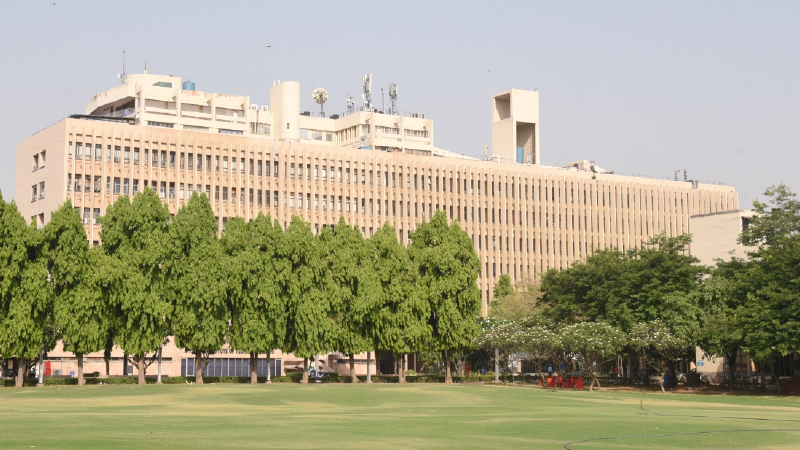




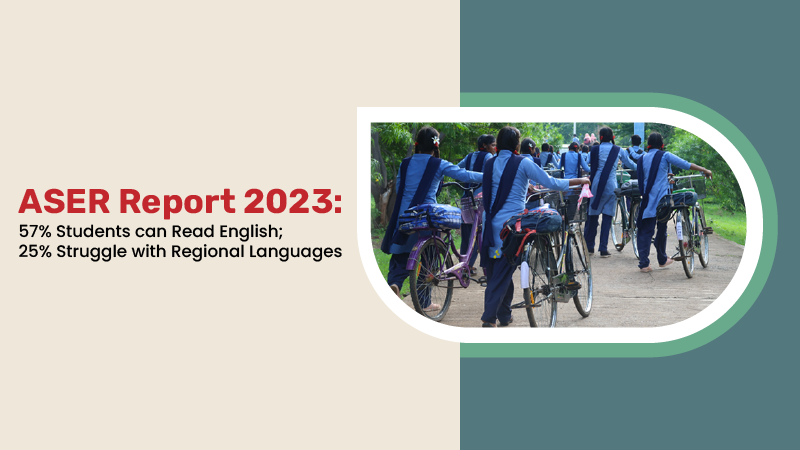

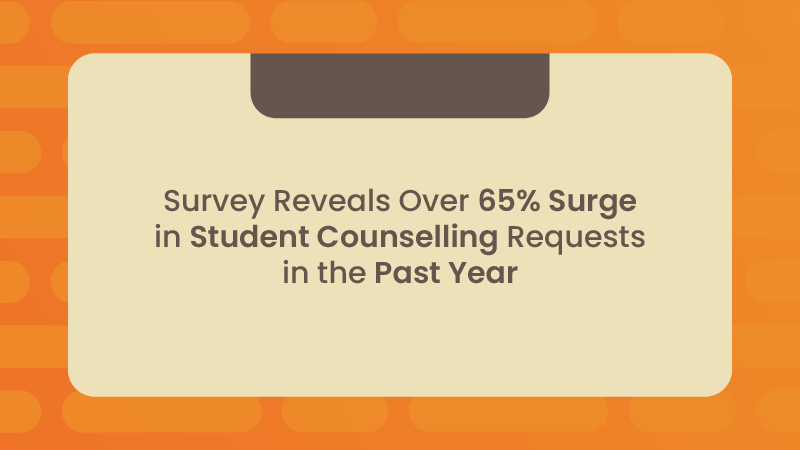






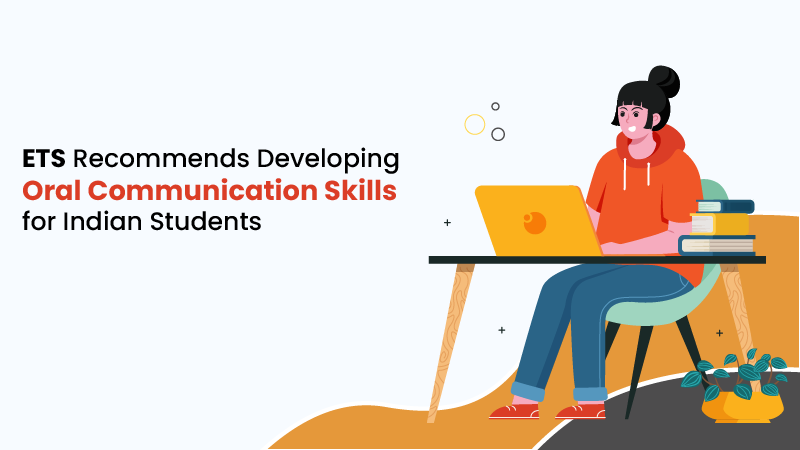
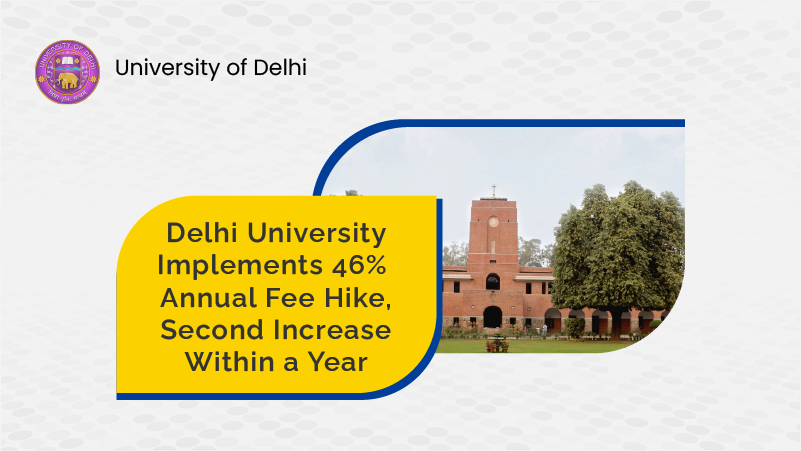
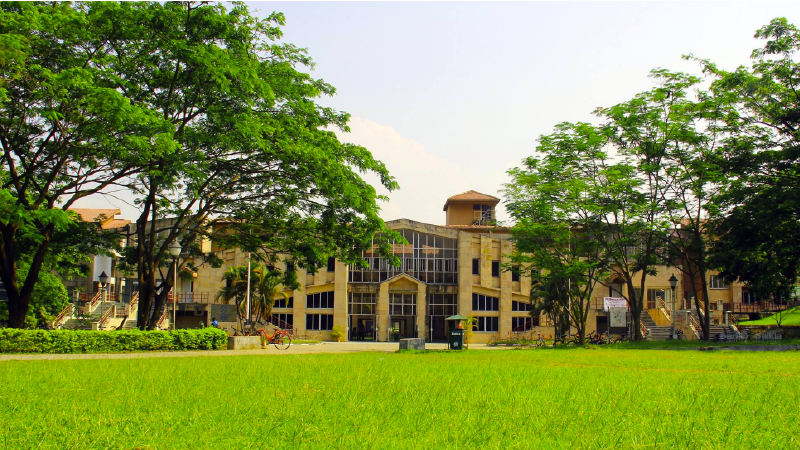

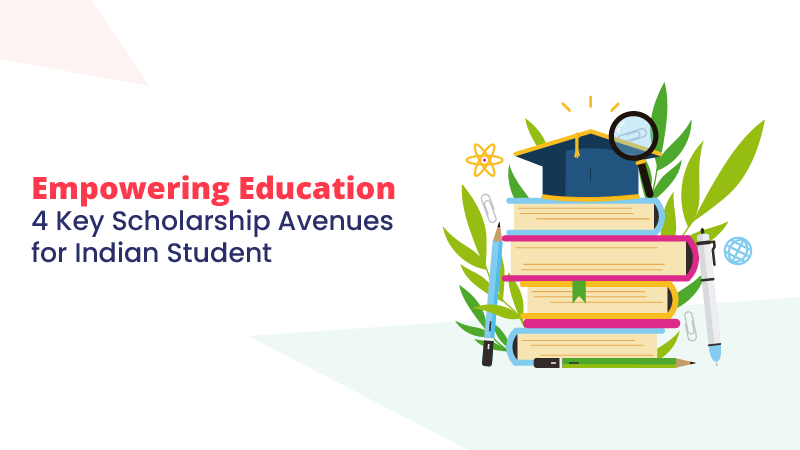


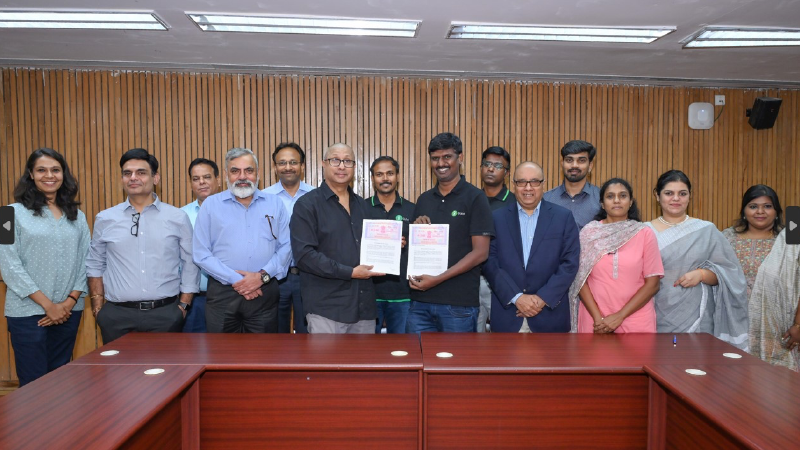
0 Comments
Post Comments